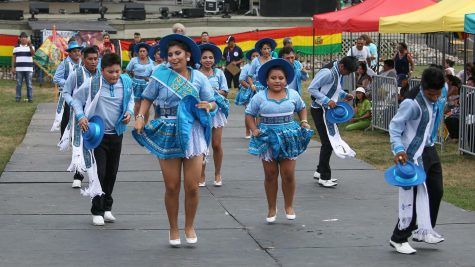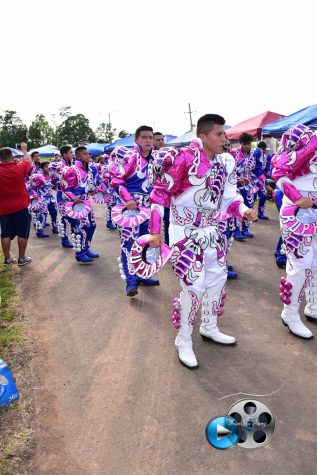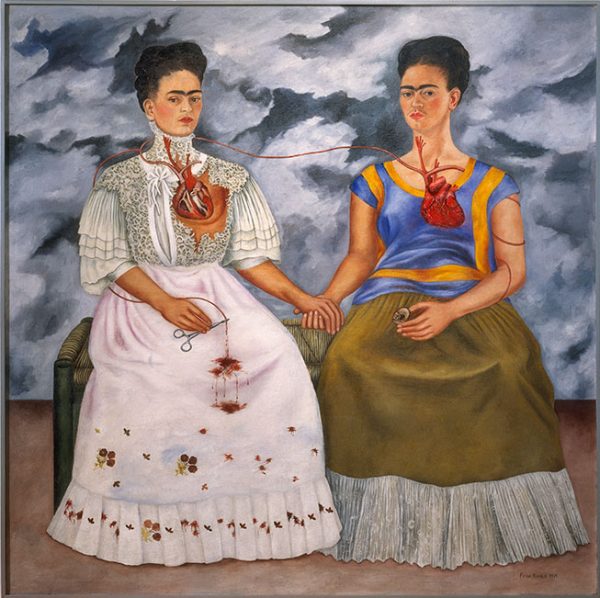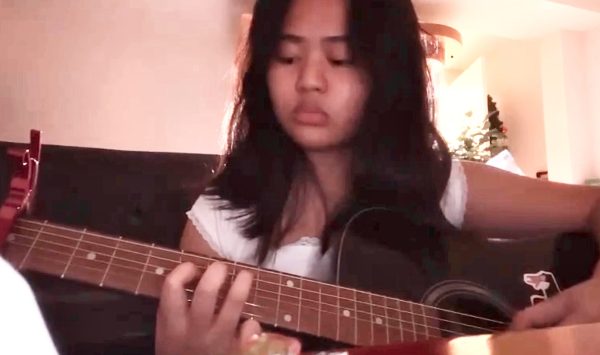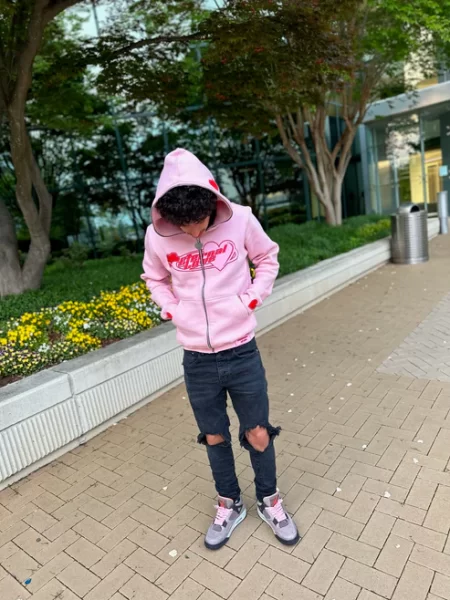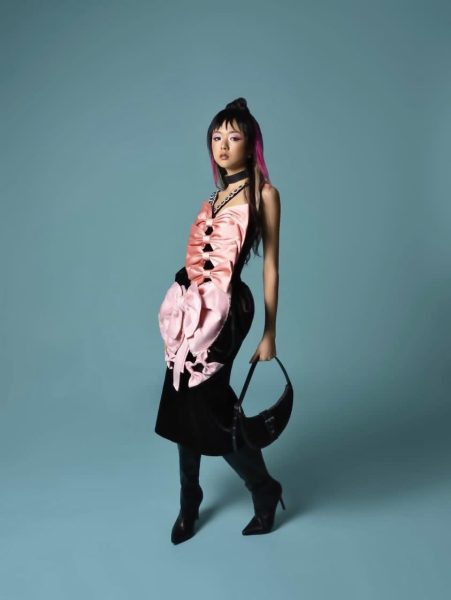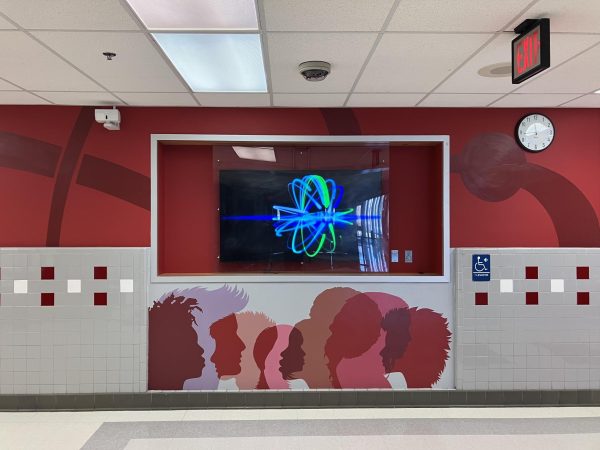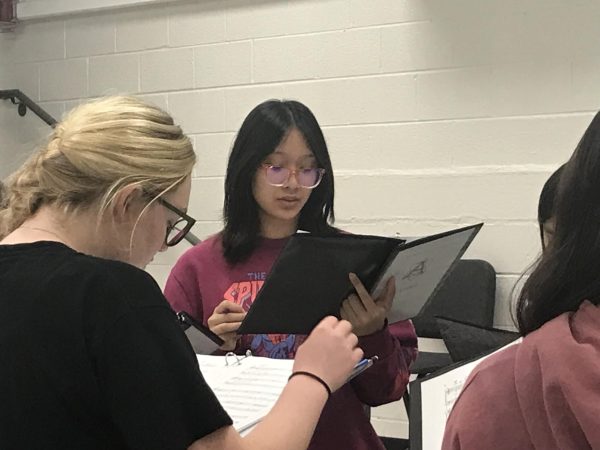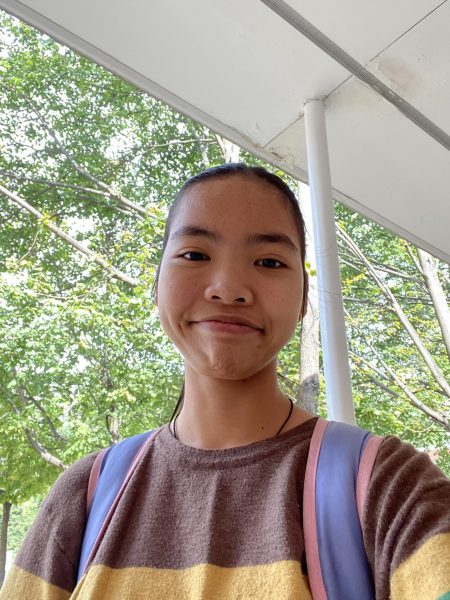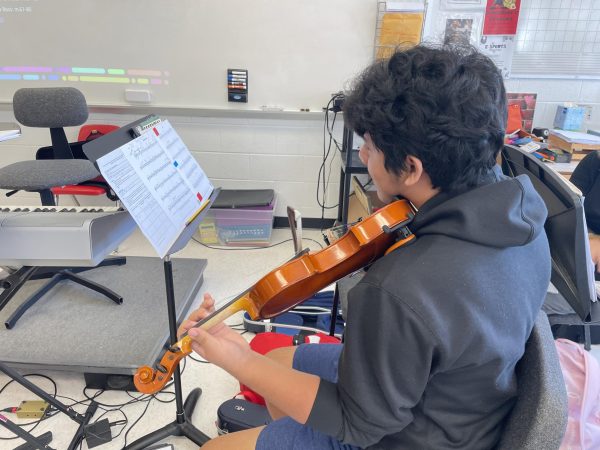Bolivian students participate in local dance groups
Bolivian dance and music is an essential part of Bolivian culture and festivities.
In the category of Bolivian dance, there are many variations in styles of music and dance, often depending on regional differences in the country.
There are over fifty types of Bolivian dances. Annandale High School’s diverse student population contains many of Bolivian descent.
Keelin Cordova, a junior, is an active part of a group called FFC 100% Salay USA, which practices the salay style of dance.
Accompanying FFC 100% Salay USA is a music group known as Sumaya Andina.
Sumaya Andina is a Bolivian pop music group which combines modern and traditional styles, and travels with Salay USA to their performances.
The dance group engages in parades nearly every month of the year, and during the summer their numbers of performances increase to every weekend rather than every month.
Their traditional dance costumes are elaborate and often expensive to tailor.
The group holds fundraisers to collect money to put towards their costumes and other aspects of their performances, often in the form of food sales at the events that they host.
Being a full time student and a professional dancer can be grueling.
For the duration of the entire year, FFC 100% Salay USA practices three times every week. Each practice is typically three to four hours long.
Despite the schedule and time commitment, the participants believe that in the end, it is all worth it when they get to perform.
Their parades are held all over the country, in states including New York, New Jersey, Pennsylvania, Virginia, Maryland, Rhode Island, California, and Nevada, and sometimes even perform internationally when given the opportunity.
Junior Sergio Villarroel is also part of a Bolivian dance group known as Caporales Ruphay.
The caporales is a traditional Andean dance which originated in La Paz, Bolivia. Most of its performances take place outside of South America, as many people of Bolivian descent see it as a way to keep their culture alive.
Like Cordova’s dance group, Caporales Ruphay performs at parades throughout the year.
Some of their biggest performances are at the annual Bolivian Festival in Manassas and at a parade/festival known as Fiesta D.C, which celebrates the diversity of Bolivian culture.
Male caporal dresses are modeled after old Spanish military guard uniforms, consisting of heeled boots with bells known as cascabeles, and sometimes carries a hat and a whip.
Female costumes consist of a short dress, heeled shoes, and hair is worn in an updo, often placed under a hat.
The caporales is a very active dance, and can be physically strenuous.
“What I like about caporales is the choreography of the dance because I get very into it and show the passion and the emotion it takes to do it,” says Villaroel.
In a community which is a melting pot of global cultures, it can be difficult to maintain your own culture and heritage, and Villarroel enjoys being able to educate people about what dance is like in Bolivia, as many are unfamiliar with it.
